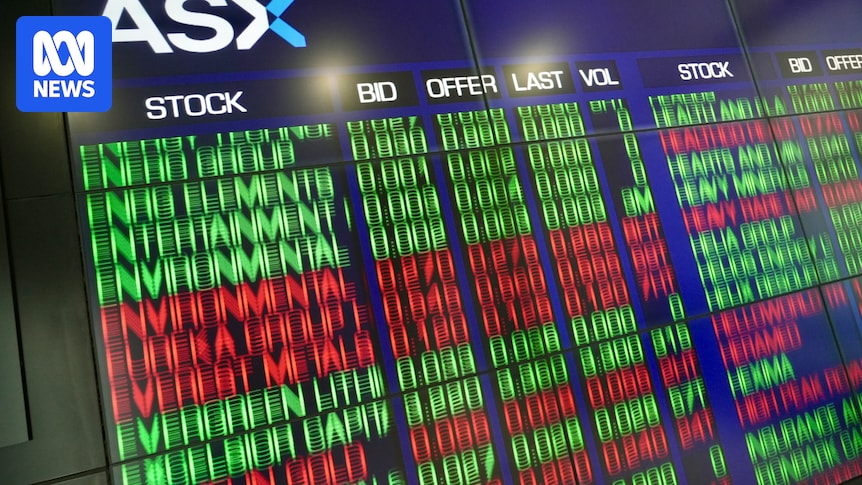
The Australian Securities Exchange (ASX) is poised to follow Wall Street stocks higher, driven by firming expectations of a US Federal Reserve interest rate cut. This comes after the US Consumer Price Index (CPI) saw a significant increase, rising by 0.4% in August, marking the largest monthly gain since January. The annual headline inflation rate in the US now stands at 2.9%, up from 2.7% in July, the highest 12-month increase since the start of the year.
Commonwealth Bank senior economist and currency strategist Kristina Clifton noted in her morning briefing that while tariffs are contributing to price increases, they are not the sole factor. “Services inflation remains sticky, just below 4% annually,” Clifton observed. The recent readings on producer and consumer prices, although significant, are not expected to alter the market’s anticipation of a Federal Reserve rate cut next week.
Inflation and Labor Market Dynamics
The rise in consumer prices was largely driven by increased costs in housing and food, with the cost of shelter jumping by 0.4% and food prices by 0.5%. Meanwhile, a surge in first-time applications for jobless benefits last week has kept the Federal Reserve on track for a rate cut. The broader increase in inflation reflects businesses passing on higher costs from tariffs imposed by the Trump administration, alongside a rebound in travel demand.
According to Sung Won Sohn, a finance and economics professor at Loyola Marymount University, “Even though a September cut is a fait accompli, the future trend looks less certain. The interaction of rising inflation and softening employment creates a difficult policy dilemma for the Fed.”
“Cutting rates too quickly risks embedding tariff-driven inflation, while delaying cuts risks amplifying unemployment,” Sohn added.
Market Reactions and Economic Implications
Financial markets have fully priced in a quarter-percentage-point reduction in rates next Wednesday, with expectations of two additional cuts by the end of the year. The US central bank, which targets a 2% inflation rate, had paused its easing cycle in January due to uncertainties over the inflationary impact of import duties. However, businesses have now depleted their pre-tariff inventories, leading to imminent price increases as indicated by business surveys.
NAB senior economist Taylor Nugent commented, “Inflation is not getting closer to the Fed’s target, but with risks as labor market concerns grow more pressing, fears price pressures will be persistent fade. There is nothing to stand in the way of Fed cuts this year even as further weakness in activity and the labor market are needed to justify the extent of easing priced through 2026.”
Scam Concerns in Australian Online Shopping
Meanwhile, in Australia, online shopping scams have become alarmingly common, with the National Anti-Scam Centre warning of “clone” websites impersonating legitimate brands. An Aldi spokesperson confirmed awareness of such fraudulent activities and stated that the company is actively working with the ACCC and organizations like Google to remove these threats. Australians have reported financial losses nearing $40 million from shopping scams since 2020.
As the ASX prepares to open, the US dollar’s decline and rising stocks are expected to influence local trade positively. The economic data and market reactions suggest that the Federal Reserve’s anticipated rate cuts will have a significant impact on both US and global markets in the coming months.
Stay tuned for further updates as this story develops.







